 | Robert Shirtcliffe - Gaging - 1740 - 322 pages
...7830: :18770: : : :: 270544: 6525:: 26278:: ::: 541088:: 73,4715 ,2830516 ,00057490600 Coral. Whence the Number of decimal Places in the Product, is equal to the Sum of decimal Places in the Factors. When the Multiplicand and Multiplier together contain more Decimals... | |
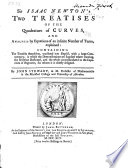 | Isaac Newton - Calculus - 1745 - 524 pages
...the Product, muft at leaft be as great as the Sum of thofe prefixt in both Factors. For, by the laft, the Number of Decimal Places in the Product, is equal to the Sum of thofe in the two Factors : but the Number of fignificant Figures in the Product, towards the right... | |
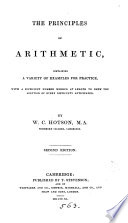 | Wales Christopher Hotson - 1842 - 306 pages
...of division, the product of the divisor and quotient is equal to the dividend, and, by last Article, the number of decimal places in the product is equal to the number in both factors. Ex. 1. Divide 617.42070012 by 13.0459. 13.0459) 617.42070012 (47.3268 521 836... | |
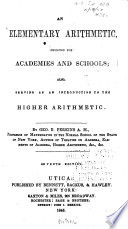 | George Roberts Perkins - Arithmetic - 1846 - 266 pages
...multiplier, how do you proceed ? DIVISION OF DECIMAL FRACTIONS. 37. In multiplication of decimals, we know that the number of decimal places in the product is equal to the suro of those in both the factors. Now since the product divided by one of the factors must produce... | |
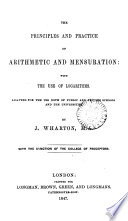 | James Wharton - 1847 - 224 pages
...1-000 _ >001 . Thus also -3 x by -2 = T3T • -^ = Tf¡y = ЗД$ =-06 ; and -05 , Í05 = - ='0015; or the number of decimal places in the product is equal to the number in the multipliers. This property may be expressed more generally thus. If -P P be a quantity... | |
 | George Roberts Perkins - Arithmetic - 1849 - 346 pages
...multiplier, bow do you proceed ? DIVISION OF DECIMAL FRACTIONS, 04. In multiplication of decimals, we know that the number of decimal places in the product is equal to the sum of those in both the factors. Now, since the product divided by one of the factors must produce the other... | |
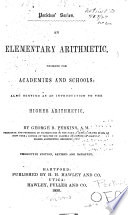 | George Roberts Perkins - Arithmetic - 1850 - 364 pages
...multiplier, tow do you proceed ? DIVISION OP DECIMAL FRACTIONS. s5<t. In multiplication of decimals, we know that the number of decimal places in the product is equal to the sum of those in both the factors. Now, since the product divided by one of the factors must produce the other... | |
 | George Roberts Perkins - Arithmetic - 1851 - 356 pages
...multiplier, bow do you proceed"! DIVISION OF DECIMAL FRACTIONS. In multiplication of decimals, we know that the number of decimal places in the product is equal to the sum of those in both the factors. Now, since the product divided by one of the factors must produce the other... | |
 | Sarah Porter - Arithmetic - 1852 - 286 pages
...= 17.296. The number of decimal places in the product of two decimal numbers is, therefore, always equal to the sum of the decimal places in the multiplicand and multiplier. Hence is deduced a general and simple rule. When two decimal numbers are to be multiplied together,... | |
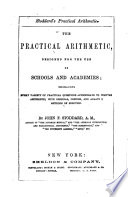 | John Fair Stoddard - Arithmetic - 1852 - 320 pages
...which decimally expressed becomes .lx-l = -01; .0lx-l = -001; 0lX-01 = .0001, &c. From which we observe that the number of decimal places in the product is equal to the number of naughts (which in practice is understood) in the denominators of both factors, which is always... | |
| |